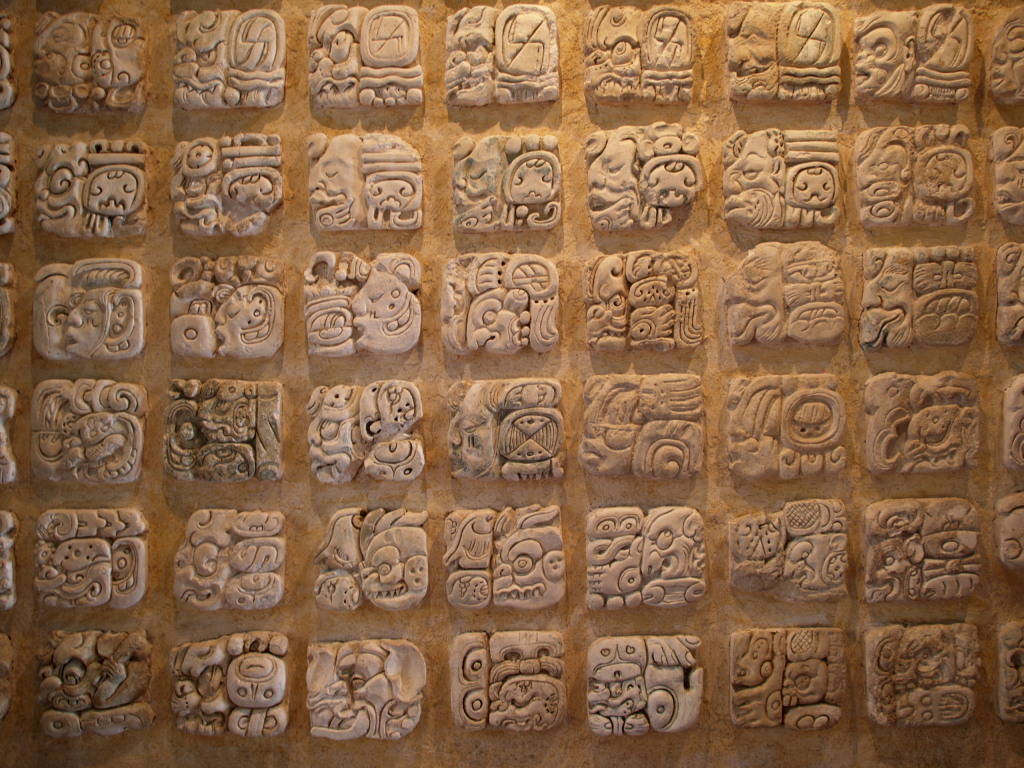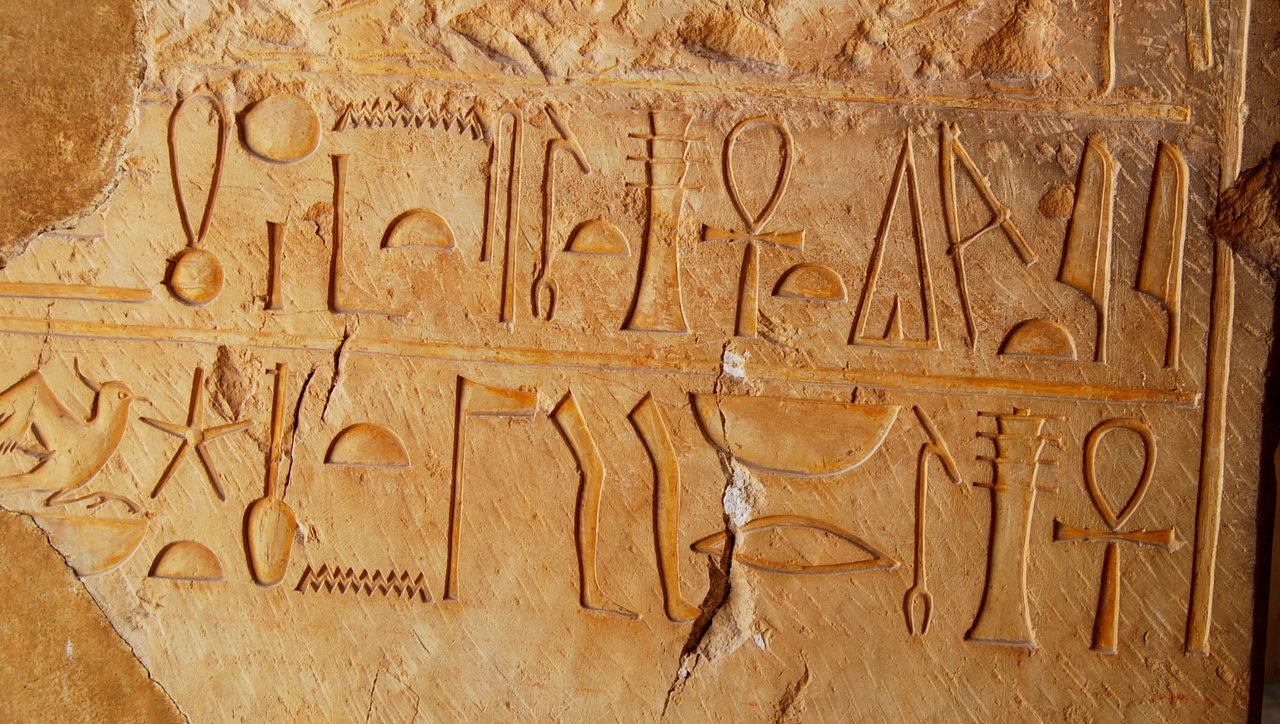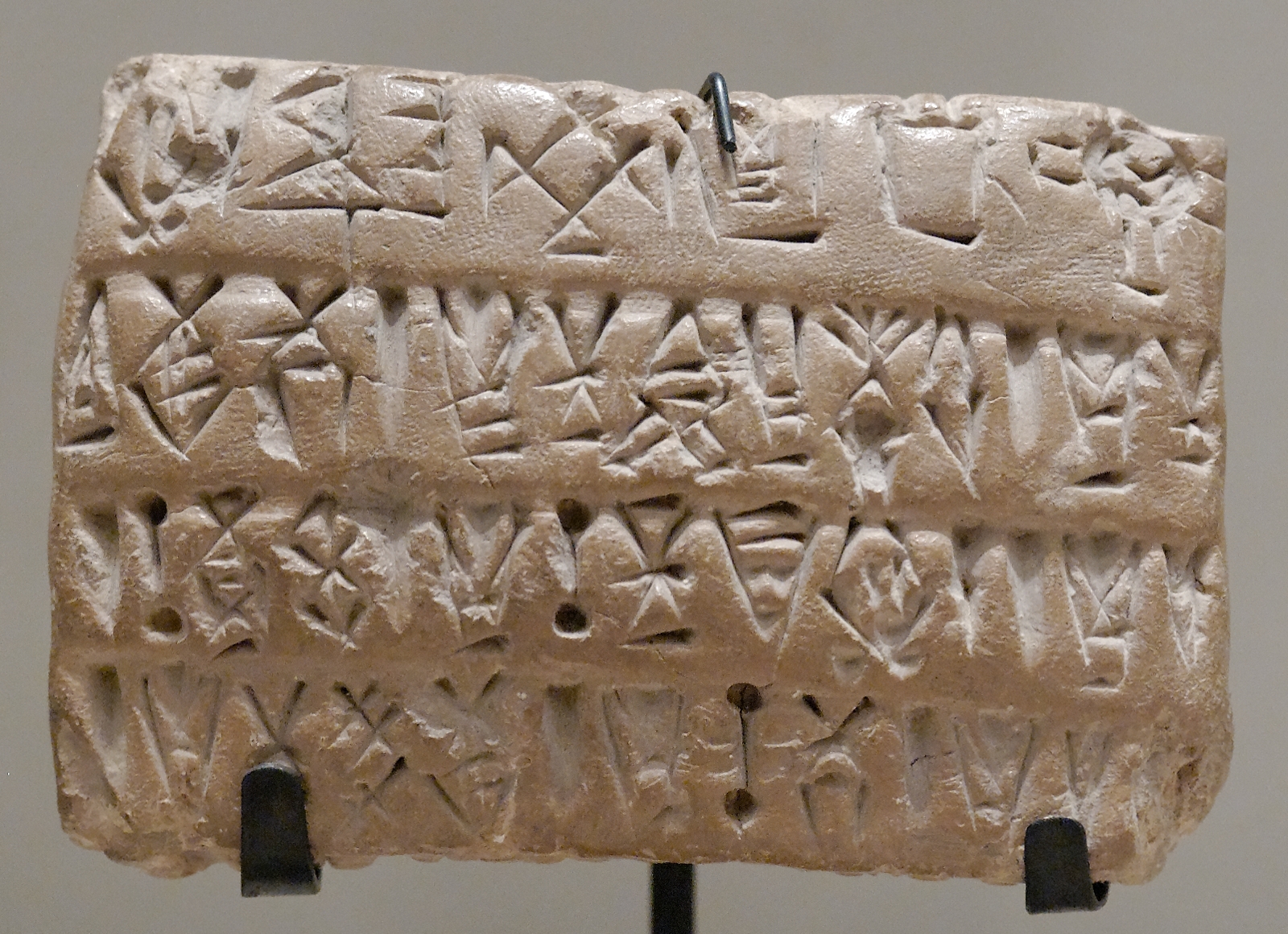Brief description of the language-process from the point of view of Patthana.
The states of materiality and mentality, which arise together to carry out their respective functions and are present at every moment, are related to one another by presence condition. But these states are not permanent for they cease soon after they have arisen. However, the successive arisings and ceasings take place so rapidly that they appear to be present all the time. Thus they give rise to the concepts of continuity, collection, form and action in the mind.
As a consequence, various forms, images and the drama of life are visualised in the mind. Of course these concepts do exist but only in the realm of the mind, i.e. not independent of or outside the mind as are the momentary material and mental states from which they are derived. These operations of the mind are similar to those that take place whereby forms, images and the drama of a story are visualised and mentally projected on the cinema screen when one watches the momentarily present shadows that are projected in rapid succession on that screen.
It has to be realised, therefore, that such forms, images and the drama of life of oneself or of another are due to the activities of the mind on the past and present states of materiality and mentality and are not real like them but simply conceptual objects of mind-consciousness element and its associated states (subjective mind for short) that had arisen along with the subjective materiality at that moment. Then when there is awareness that it is the subjective mind which takes those concepts as objects and attention is directed to the subjective mind:
(i) those concepts will disappear because they are no longer taken as objects at such moments. This may be compared to a self-destructive machine with all its parts connected together and which, remaining at a standstill, is calm and quiet. However, once the switch for its operation is turned on, all the various parts start to break into small pieces which scatter in all directions and the machine disappears because it is destroyed;
(ii) greed and the other corruptions cannot arise because no images are taken. For it has to be remembered that corruptions arise only when unwise reflection is made on images. For although the image may he discriminated as beautiful, pleasant, cultured, estimable or lovable, unless there is unwise reflection on it there can be no delight for it for greed to arise.
Moreover, there cannot be any self-existent entity present because, according to presence condition, one state is present because another state is present or for one state to be present there must be another state related by presence condition. So, at any moment, there must be at least two states present. Therefore, it will be realised that the states of materiality and mentality of presence condition are collectively taken as a unit for the purpose of communicating about them in the briefest way possible since the image derived from them is worded as ‘I’, ‘self’, ‘being’, ‘person’, ‘man’, ‘woman’ and these are then further distinguished as ‘John’, ‘Mary’, etc. Being ignorant of the presence of the subjective mind that takes those words as objects when they are recalled to mind, spoken or written (for only mentality can take words as objects) those words, which are really objective states, are taken as unitary, subjective states. Besides, these words are taken to be the subject in grammar. This is how wrong view of words has come about, i.e. of the view that they are subjective states which correspond with reality. Also, not being aware of the fact that words were coined in the mind of man for the purpose of expressing ideas of the various forms, images and actions in the briefest possible way, repeated use of them with the view that they represent reality has brought about deep attachment to that view. Hence, there was no need to enquire whether the view held was correct or not.
Guide to Conditional Relations Part I, U Narada
For further investigation of concept “language”, we can distinguish its following areas:
- Mentality, which produce speaking.
- Object of this speaking-producing mentality.
- Material phenomena of speaking which is movements of organs of speech.
- Sound produced by these organs, which is considered to be a mind-produced sound.
- Material ear, which acts as a supporting material base for hearing a sound.
- Mental process of hearing.
- Mental process of listening, i.e. recognizing, interpreting and so on.
Let us consider them one by one.
to be continued soon
Also available:
Concept and Reality in Early Buddhist Thought (pdf)
An Essay on Papanca and Papanca-Sanna-Sankha
and
by Bhikkhu Katukurunde Nanananda
Audio recordings of different languages
are taken from http://omniglot.com/



